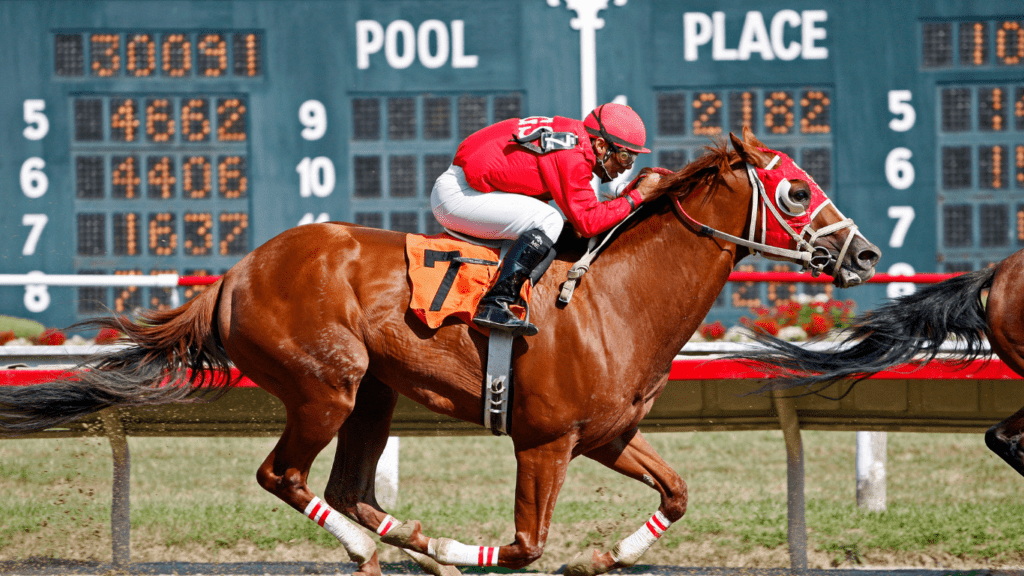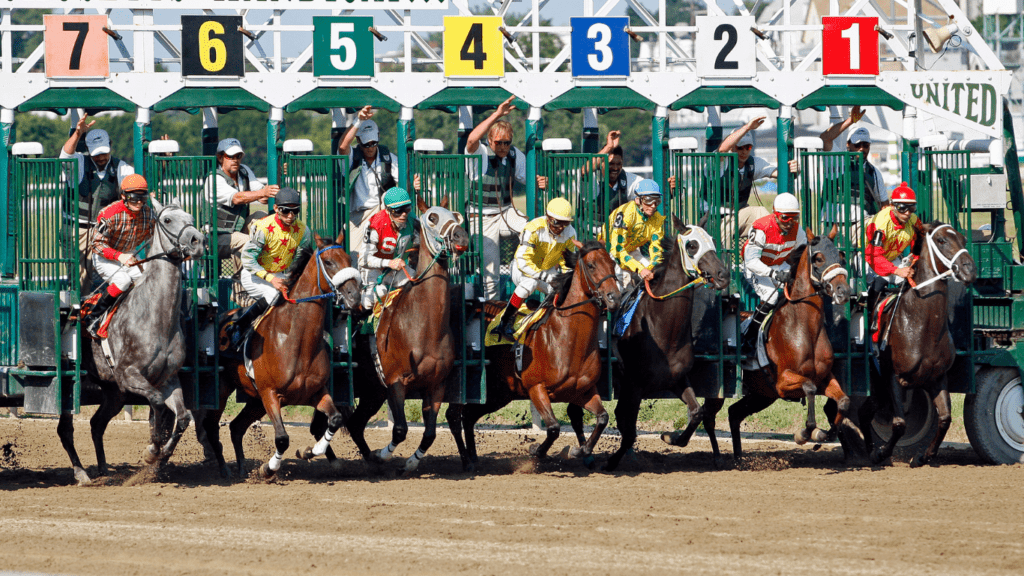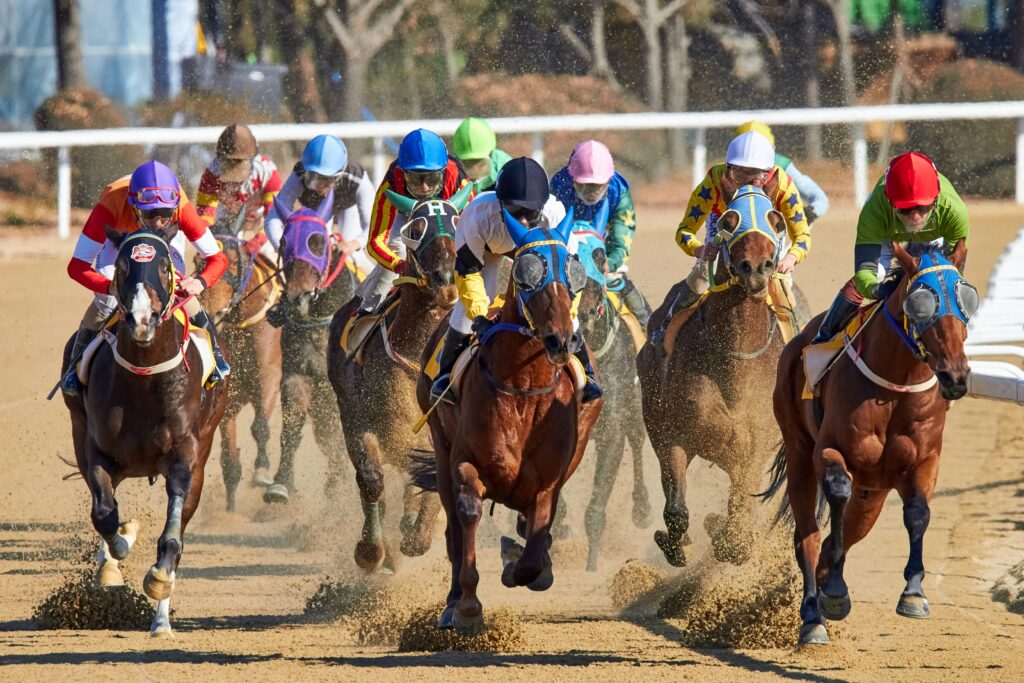Understanding the Basics of Horse Racing Bets
In horse racing, grasping the basics can make a significant difference. Knowing the types of bets and how odds work is essential for any bettor.
Types of Horse Racing Bets
Several bet types exist. Here are the most common:
- Win Bet: Bet on a horse to finish first.
- Place Bet: Bet on a horse to finish first or second.
- Show Bet: Bet on a horse to finish first, second, or third.
- Exacta Bet: Bet on two horses to finish first and second in exact order.
- Trifecta Bet: Bet on three horses to finish first, second, and third in exact order.
- Superfecta Bet: Bet on four horses to finish first, second, third, and fourth in exact order.
Choosing the right bet type depends on your confidence in predicting outcomes and willingness to take risks.
How Betting Odds Work
Betting odds show the likelihood of an outcome and the potential return. Here’s a breakdown of what you need to know:
- Fractional Odds: Represented as fractions, like 5/1. A $1 bet yields $5 profit plus the original stake.
- Decimal Odds: Displayed as decimals, such as 6.0. A $1 bet returns $6, including the stake.
- Moneyline Odds: Common in the US, shown as positive or negative numbers. A +500 means a $100 bet returns $500 profit, while a -200 means you must bet $200 to win $100.
Understanding these odds can impact decisions and strategy, directly influencing betting outcomes.
Key Factors for Successful Horse Racing Bets

Decoding the secrets of successful horse racing bets requires understanding multiple key factors. Below, I analyze crucial elements influencing betting outcomes.
Analyzing Horse Performance
Evaluating a horse’s past performance offers vital insights. I look at recent race results, paying attention to finishing positions, times, and the quality of competition.
Horses that consistently finish in top positions against strong competitors usually indicate reliability. For example, a horse finishing in the top three in its last five races against top-tier runners catches my eye.
The Importance of Jockey Experience
Experienced jockeys often make a significant difference. I check the jockey’s win rate and their history with particular horses. Successful jockey-horse combinations often repeat victories.
For instance, a jockey with a 20% win rate riding a horse they’ve previously won with gives me confidence in their partnership. Consistent performances by the jockey also add to my assessment.
Track Conditions and Their Impact
Track conditions critically impact race outcomes. I consider factors like track surface (dirt, turf) and weather. Horses perform differently on various surfaces and in differing conditions.
For example, some horses excel on wet tracks while others struggle. Monitoring weather forecasts and the horse’s track record in similar conditions helps refine my betting strategies.
Strategies to Improve Betting Success
To boost betting success, implement effective strategies and focus on the right tools and systems. This section covers two critical areas to consider.
Utilizing Handicapping Tools
Handicapping tools offer crucial insights into horse racing. I use past performances, speed figures, and class ratings to assess a horse’s chances.
Past performances reveal a horse’s racing history, giving an overview of its consistency and track compatibility.
Speed figures indicate the horse’s recent speeds compared to others in the same race, aiding in performance forecasting. Class ratings show the level of competition a horse has faced, helping compare against current race contenders.
The Role of Betting Systems
Adopting structured betting systems increases chances of success. I follow systems like the Kelly Criterion, percentage bankroll betting, and level staking plans to manage risk and profits.
The Kelly Criterion calculates the ideal bet size based on estimated value, maximizing long-term growth. Percentage bankroll betting adjusts the betting amount based on current bankroll size, minimizing risk.
Level staking involves placing the same stake on each bet, maintaining consistent betting patterns and stabilizing losses.
Managing Your Betting Budget
Managing your betting budget’s crucial for long-term success in horse racing bets. Implementing a disciplined approach ensures you can enjoy betting while minimizing financial risks.
Setting a Budget
Setting a strict budget helps keep betting finances in check. I allocate a fixed portion of my disposable income specifically for betting.
This approach guarantees that I never bet money reserved for essential expenses or savings. Tracking every wager is essential. I maintain a detailed log of my bets, noting the date, amount staked, and outcomes to evaluate my betting performance over time.
Knowing When to Walk Away
Knowing when to walk away prevents potential financial loss. If I reach my predetermined loss limit, I stop betting immediately. This rule shields my bankroll from further depletion.
Emotional betting, driven by the urge to recover losses, often leads to poor decisions. By setting both win and loss limits, I ensure I leave the racetrack either having achieved my goal or having minimized my losses for the day.


 Thomas Macrossan is a key contributor to Play Daily Win Big, bringing his deep expertise in the betting and gaming sectors to the forefront. His thorough understanding of market dynamics and sharp analytical skills are reflected in his well-researched articles, which offer readers valuable insights into industry trends, strategic advice, and regulatory updates. Thomas’s writing is designed to keep the content both relevant and engaging, ensuring that readers are well-informed about the latest developments in the gaming world.
Thomas Macrossan is a key contributor to Play Daily Win Big, bringing his deep expertise in the betting and gaming sectors to the forefront. His thorough understanding of market dynamics and sharp analytical skills are reflected in his well-researched articles, which offer readers valuable insights into industry trends, strategic advice, and regulatory updates. Thomas’s writing is designed to keep the content both relevant and engaging, ensuring that readers are well-informed about the latest developments in the gaming world.
